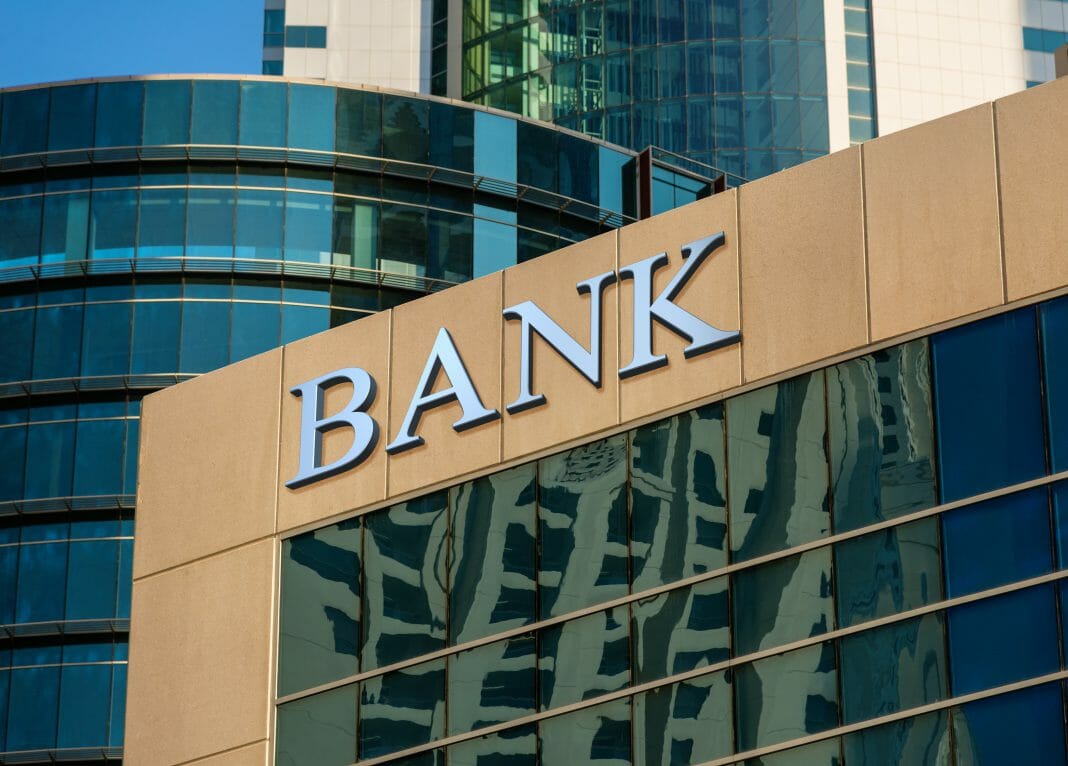“Pier”, Brazil’s anti-corruption blockchain platform.
“Pier” is the codename for the recently announced Brazil’s Central Bank (BCB) blockchain platform. The platform will be used to facilitate information exchanged between the country’s financial regulators and the BCB.
According to an official statement, BCB’s Pier, will be used to securely share data between the central bank, the Securities and Exchange Commission of Brazil and the Superintendent of Private Insurance and the National Pension Fund Authority.
“Traditional business models of information exchange between several entities require a centralizing entity, which ends up exercising a certain degree of operational hierarchical superiority over the remaining ones, which doesn’t necessarily reflect the institutional reality. Furthermore, as the blockchain platform records every data request using cryptographic signatures, it is possible to certify at any moment the authorship, and that no entity has tampered with the data, and thus guaranteeing information authenticity”,
declared, IT department Deputy Chief, Aristides Cavalcante.
“As a decentralized ledger, blockchain technology was specifically picked by the BCB for providing a ‘horizontal network of information-sharing’ that negates the need for a centralizing entity that could otherwise weld ‘operational hierarchical superiority’ over others.”
added Cavalcante.
A technical report outlining BCV’s research reveals the organization is currently experimenting with the Hyperledger Fabric, R3’s Corda and JP Morgan-led Quorum blockchains to explore the development of a real-time gross settlement (RTGS) system that supports domestic interbank payments in the country. It’s a significant leap in digitizing and automating communication between regulators in Brazil.
“Currently there is some exchange of information regarding authorization processes, which are not automated yet: staff from one of the institutions contacts the others by letters or e-mails,”
Cavalcante revealed.
”Even the few queries that are automated by software still require some degree of human intervention.”
Pier is expected to be completely operational by late 2018 and represents a marked effort by the central bank to experiment various applications of blockchain technology, remarking its potential to ensure financial operations and reduce the space for corruption.
by Samuel Larreal











